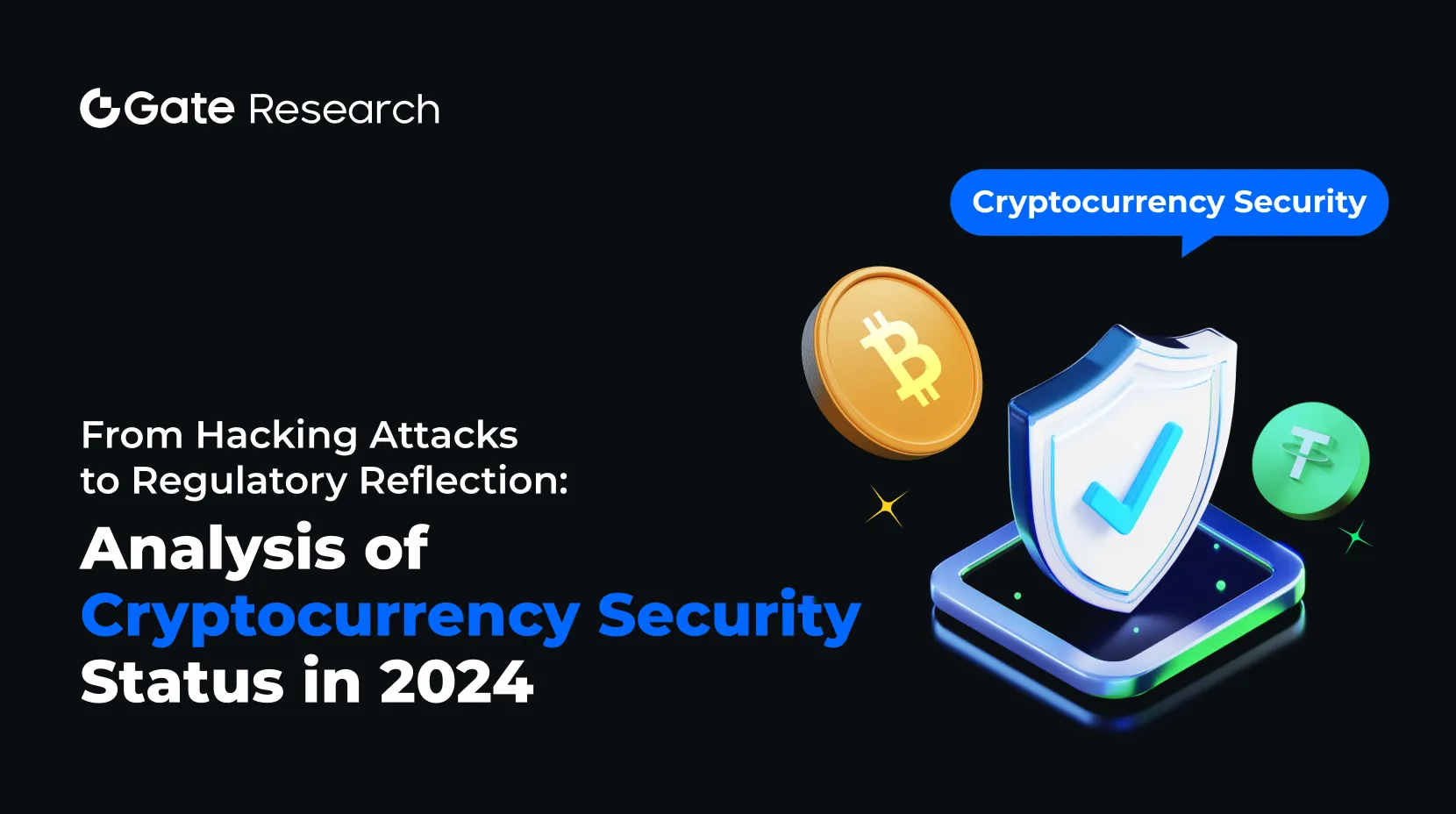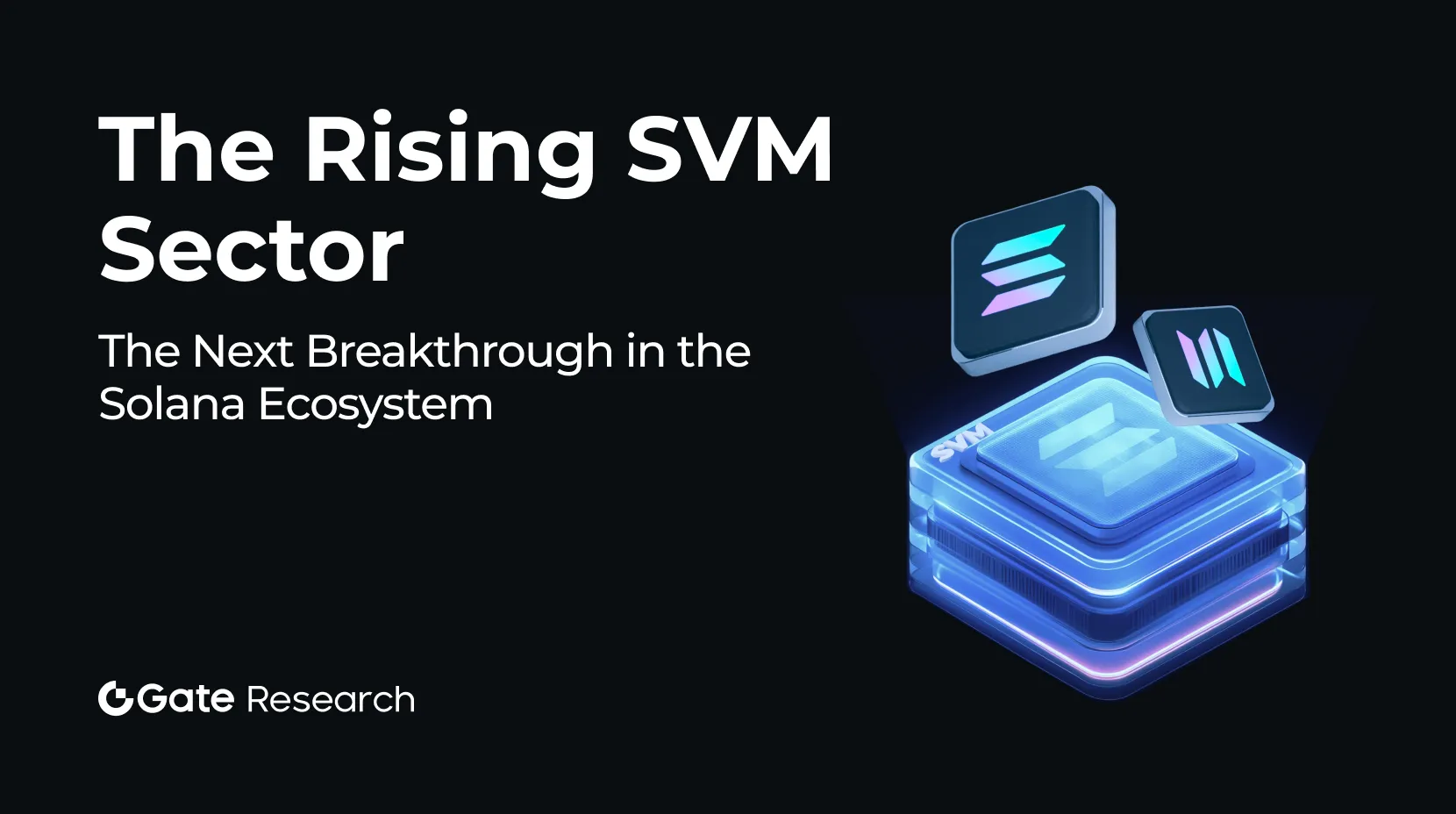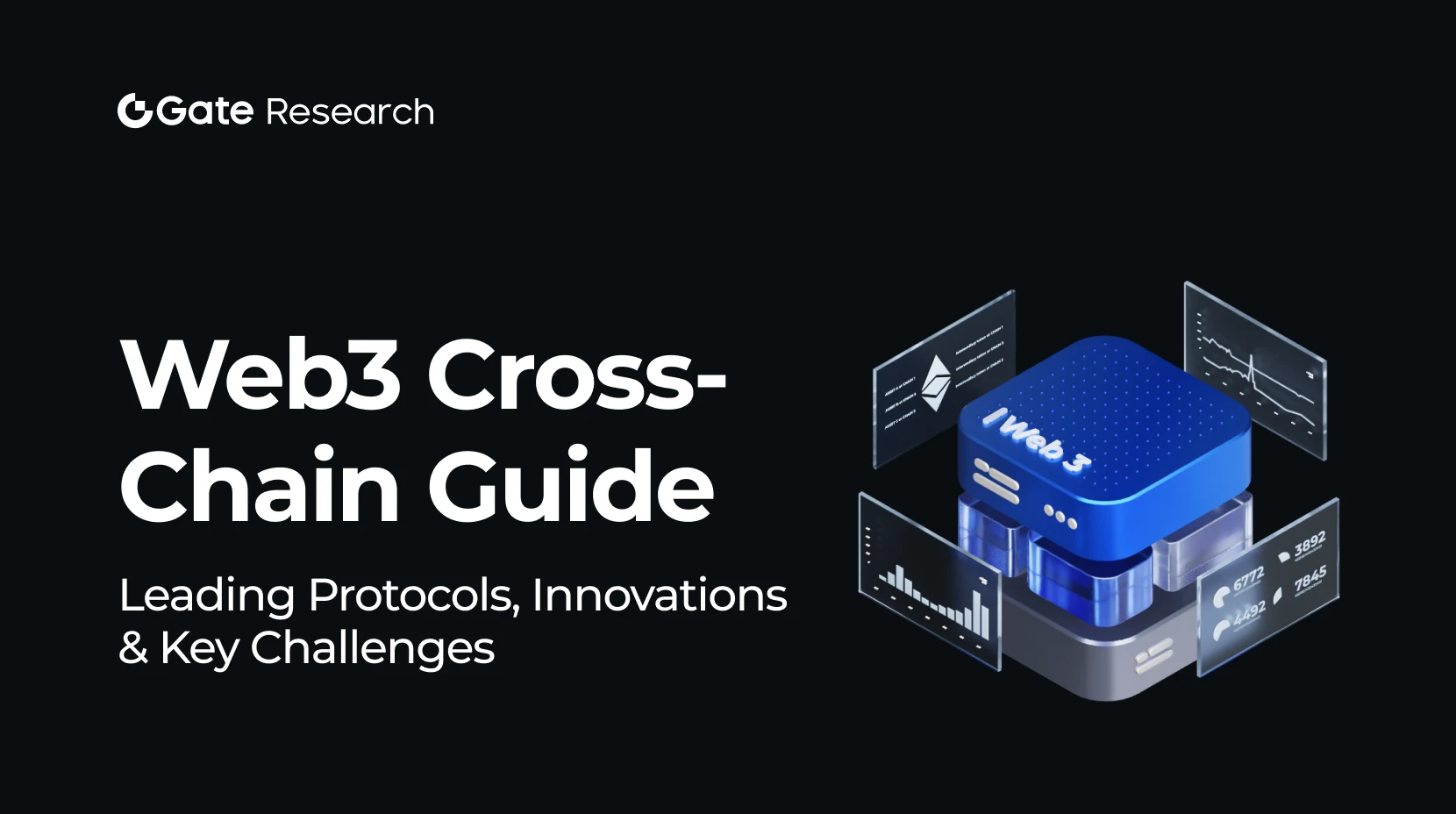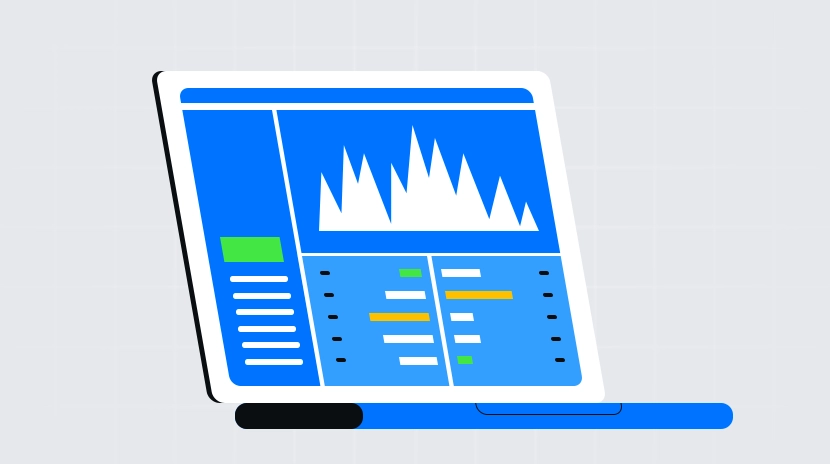Исследование Gate: Реакция на взломы: Как инциденты с Mt. Gox до Bybit сформировали криптовалютный рынок
Абстрактный
В 2025 году биржа Bybit пережила самую крупную кибератаку в истории криптовалют, потери превысили 1,4 миллиарда долларов. Этот инцидент вызвал серьезные рыночные потрясения, выявил уязвимости в безопасности централизованных бирж и ускорил тенденцию к децентрализации.
В то время как проекты DeFi часто подвергаются атакам, централизованные биржи (CEX) терпят наибольшие потери в случае инцидента. Методы отмывания денег становятся все более сложными, при этом межцепочные трансферы выходят на первый план в качестве основного метода.
Инциденты взлома постоянно вызывают колебания цен на основных криптовалютах. Инцидент с Mt. Gox привел к падению биткоина на 11.72% за один день, в то время как атака на Bybit привела к падению BTC и ETH на 4.44% и 7.84% соответственно.

После взломов на рынке ухудшается настроение, и токены проекта, которые на него повлияли, обваливаются. После атаки Ронин его токен RON упал на 20% в течение 24 часов.
Эти атаки вызывают сильную волатильность на рынке и спровоцировали паническую распродажу. Bybit за два дня после инцидента потерял $5.7 миллиарда, в то время как общий объем замороженных средств в экосистеме Ronin Bridge сократился на 75.29% за два месяца. Доверие к Централизованным биржам (CEXs) уменьшилось, переводя пользователей к децентрализованным кошелькам и Децентрализованным биржам (DEXs).

- Атаки вызывают реакцию во всей экосистеме: инцидент с Bybit довел USDe до $0.96 из-за панических продаж, в то время как расхождения в ценах оракула Chainlink вызвали ликвидацию на $22 миллиона в Aave. Атака на мост Ronin привела к оттоку капитала, что значительно уменьшило его экосистему DeFi.

Отрасль должна построить трехстолпную систему безопасности, объединяющую «Технологии-Регулирование-Пользователей». Это включает технические обновления (MPC-кошельки, нулевые доказательства), соблюдение регулирований (KYC/AML), операционную прозрачность (доказательства резервов, страхование), обучение пользователей (осведомленность о безопасности, вознаграждения за нахождение уязвимостей) и сотрудничество в экосистеме (альянс безопасности межцепочного взаимодействия, технологии с открытым исходным кодом).
Крупные взломы — от Mt. Gox до Poly Network, Ronin Bridge и Bybit — способствовали эволюции отрасли. Криптосектор становится сильнее благодаря этим вызовам, работая над безопасным, прозрачным и устойчивым будущим через совместные усилия в области технологий, регулирования и сообщества.
(Нажмите ниже, чтобы получить полный отчет)
Исследование Gate
Исследования Gate - это комплексная платформа для исследования блокчейна и криптовалют, предоставляющая читателям глубокий контент, включая технический анализ, горячие идеи, обзоры рынков, исследования отрасли, прогнозы трендов и анализ макроэкономической политики.
Нажмите на Ссылкаузнать больше
Похожие статьи

gate исследование: от хакерских атак до регулятивных отражений - анализ состояния безопасности криптовалюты в 2024 году

Исследование Gate: Растущий сектор SVM - следующий прорыв в экосистеме Solana?

Исследование Gate: Подробный обзор услуг межцепочечного веб3 - ведущие протоколы, инновации и вызовы

Альтсезон 2025: Поворот в рассказе и капитальная реструктуризация в атипичном бычьем рынке

Исследование Gate: Обзор рынка криптовалют на 2024 год и прогноз трендов на 2025 год
